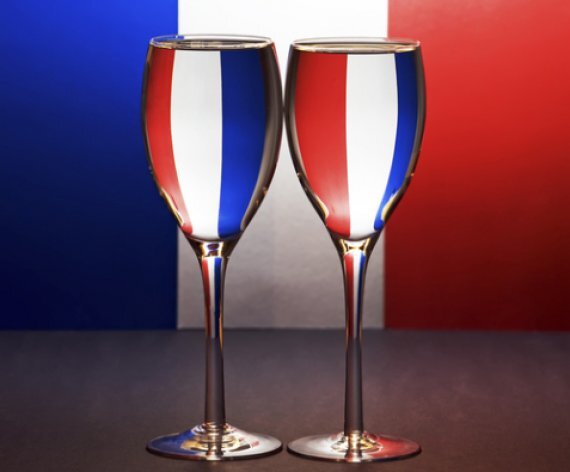
5 Exotic Assets You Should Know About
In FP Magazines December 2012 Issue , independent television documentary director Elena Mannes highlights some of these exotic assets including trees and violins and the underlying risk their attractive returns hold.
Here are 5 exotic assets and funds advisors and clients should know about, as well as the risks they possess.

1. Koa Wood Trees

2. Art Funds

3. Artist Rare Instrument Fund

4. French Wines

5. Rare Coins
However, rare coins are something you want to have for a long time, and as an investment, a rare coin is more appropriate for families or individuals with higher amounts of wealth, according to Henn.






